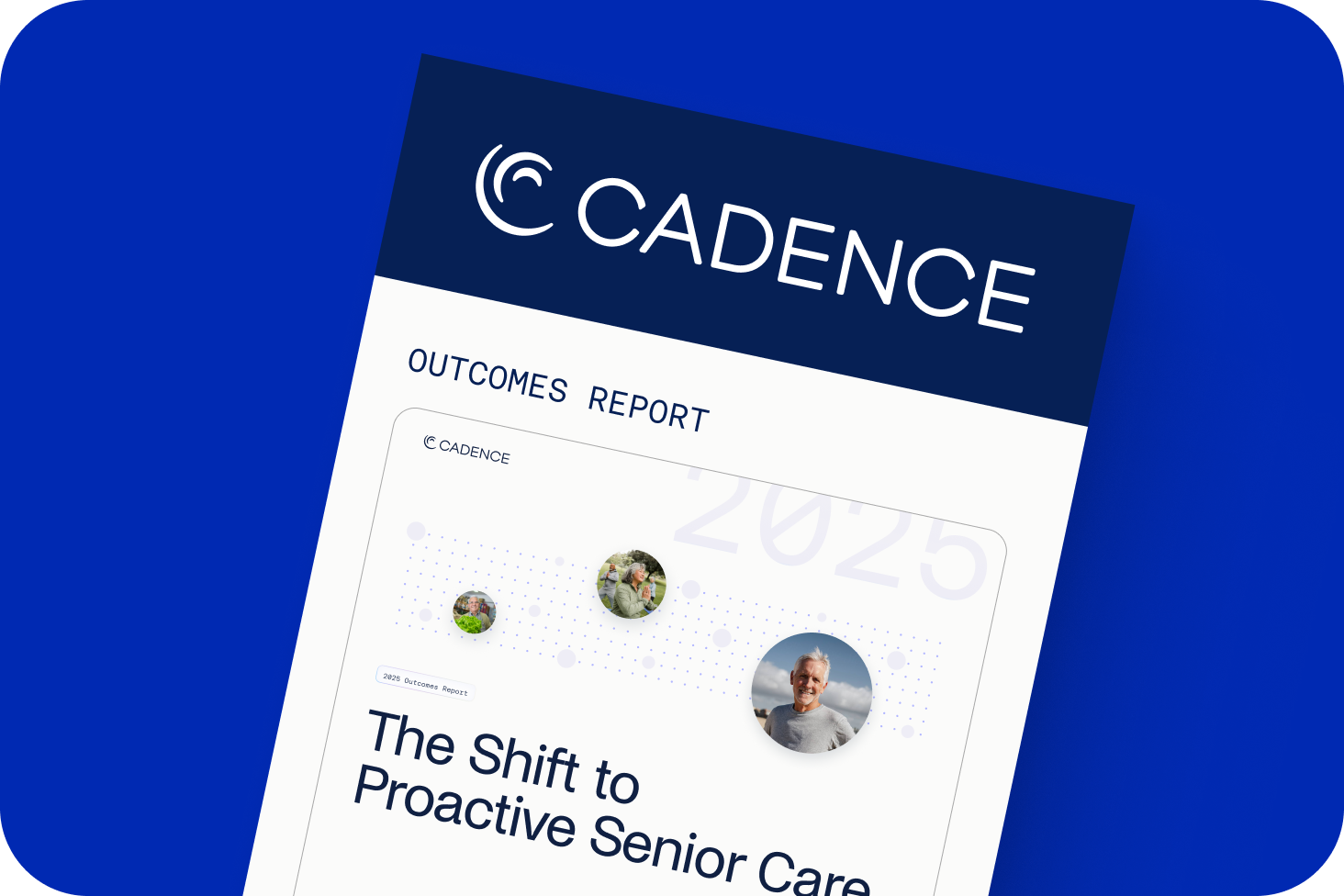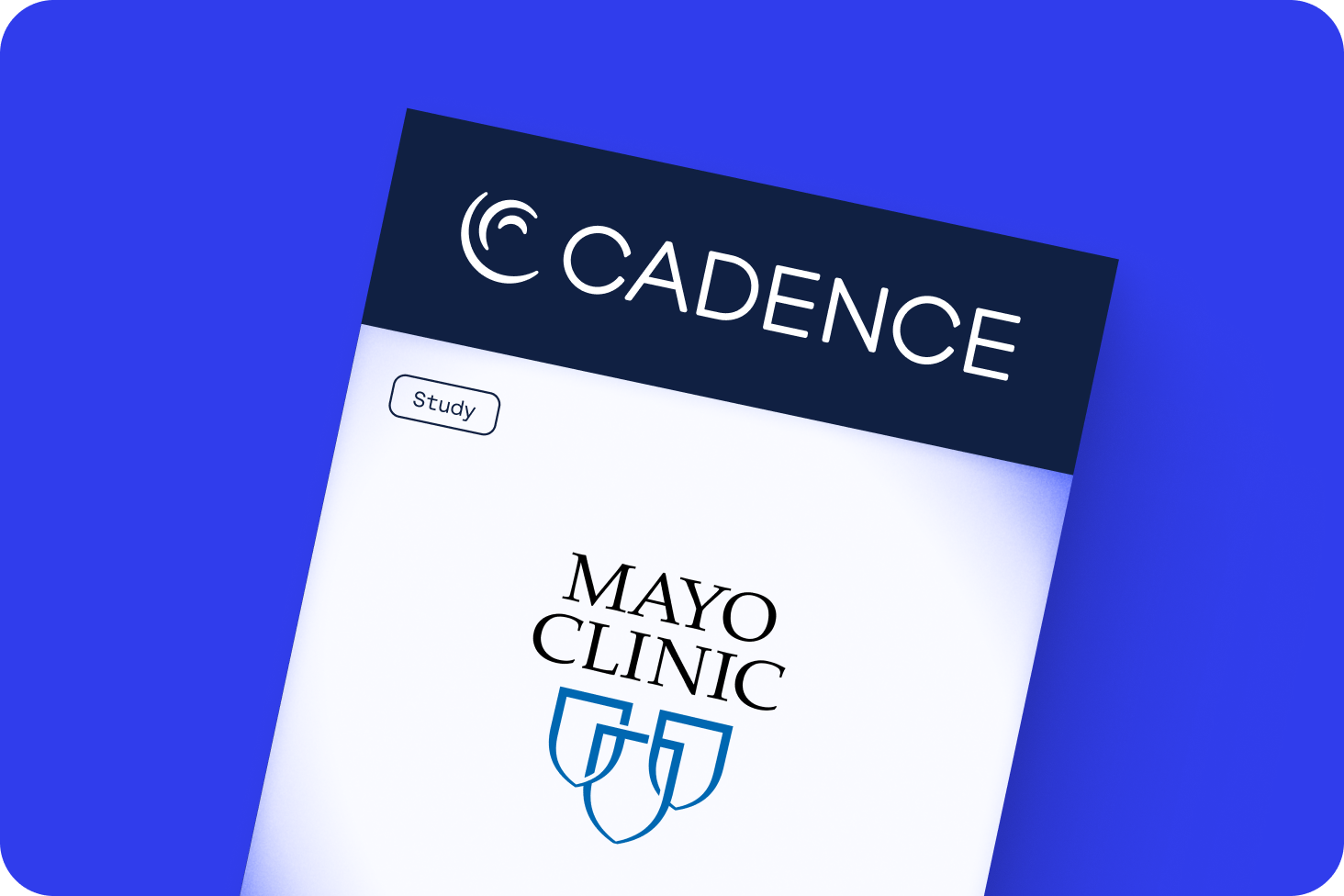Lifepoint's remote care program for hypertension and type 2 diabetes yields positive outcomes for patients in underserved communities

New data underscore the transformative impact of remote patient care on these communities, highlighting its potential to improve health outcomes and increase access to quality care.
Chronic conditions account for over 75% of the United States’ healthcare spending today and are more prevalent within underserved – and often non-urban – American communities. Given the need for active management of chronic diseases, communities outside of urban areas often face barriers to adequate care for patients living with these conditions.
Over the past three decades, hospital closures have been on the rise, especially in underserved areas. Real-life consequences take many forms: more difficulties accessing medical care, increasing transport times, and potentially increasing morbidity and mortality for time-sensitive conditions. A recent study shows that hospitals in areas with a higher burden of socioeconomic disadvantage and Black Non-Hispanic composition had higher odds of closure, raising concerns about “unequal loss of healthcare resources in the U.S.”
High-quality remote patient care – that is, remote patient monitoring (RPM) with medication optimization – can be a meaningful and sustainable solution to improve population health and increase access, ensuring that quality care does not fall off for patients living in underserved communities who are managing chronic conditions.
Celebrating its three-year partnership anniversary with Cadence this August, Lifepoint Health has been a trailblazer in providing access to high-quality remote patient monitoring to patients across its footprint, which includes 60 community hospital campuses, more than 60 rehabilitation and behavioral health hospitals, and more than 250 other sites of care.
Lifepoint is a leading diversified healthcare delivery network serving communities of all sizes, including areas that are particularly underserved and focused on connecting patients to high-quality care. The Lifepoint-Cadence program has over 4,600 patients in remote care programs for hypertension and type 2 diabetes, over two-thirds of whom live in underserved communities. A new analysis looks at this demographic, which traditionally faces more challenges in accessing health care.
Although patients in underserved areas of the United States often face barriers to quality health care and, as a result, worse health outcomes, through Lifepoint and Cadence's remote care program, patients in these communities are receiving accessible, high-quality care that is leading to improved clinical outcomes. Lifepoint patients living in underserved communities are now meeting their guideline-directed blood pressure and blood glucose goals at the same and, in some cases, even higher rates than patients living in urban or non-rural areas.
Diabetes Management

Hypertension Management

Together, Lifepoint and Cadence have navigated key patient challenges such as ensuring adequate cellular and Wi-Fi service, access to technology, digital literacy, and distances to clinics, as well as opportunities in effectively managing chronic conditions. The partnership is successfully implementing a remote care management program in underserved communities through patient onboarding and device training that makes usage frictionless and easy. The now three-year partnership has yielded high levels of patient and clinician satisfaction:

Cadence is at the forefront of providing digitally enabled clinical and care management services to patients with chronic conditions, providing services to over 25,000 individuals living with heart failure, hypertension and type 2 diabetes nationwide, 60% of whom live in underserved communities. Cadence has deployed in 22 U.S. states and is augmenting existing primary care relationships for thousands of seniors suffering from heart failure, hypertension, and type 2 diabetes. Patients report feeling safer and more connected to their providers, with 84% of Cadence patients reporting their vitals at least 16 days per month. The adoption of RPM is also freeing up clinicians to see more patients through the reduction of unnecessary visits, increasing access to care in communities suffering from shortages of clinical staff.
One of Lifepoint and Cadence’s patients recently said it best: “I live in a tiny, remote, mountain community with a lot of poverty and not a single doctor. Everyone that I’ve told about Cadence is amazed by it. I’m very pleased, and I think my clinical team is tremendous.”
Footnotes:
- This analysis was conducted at the end of May 2024
- We analyzed the first 2 weeks and last 2 weeks of patient tenure in the Cadence program
- Throughout this document, we use the term “underserved” to encompass “rural and underserved.” Definitions: "Rural" as defined by the Health Resources & Services Administration and Federal Office of Rural Health Policy, https://data.hrsa.gov/tools/rural-health (see national listing of eligible counties and census tracts). "Underserved" as defined by the Federal Housing Finance Agency, https://www.fhfa.gov/DataTools/Downloads/Pages/Underserved-Areas-Data.aspx (low income areas, minority census tracts, and designated disaster areas).






